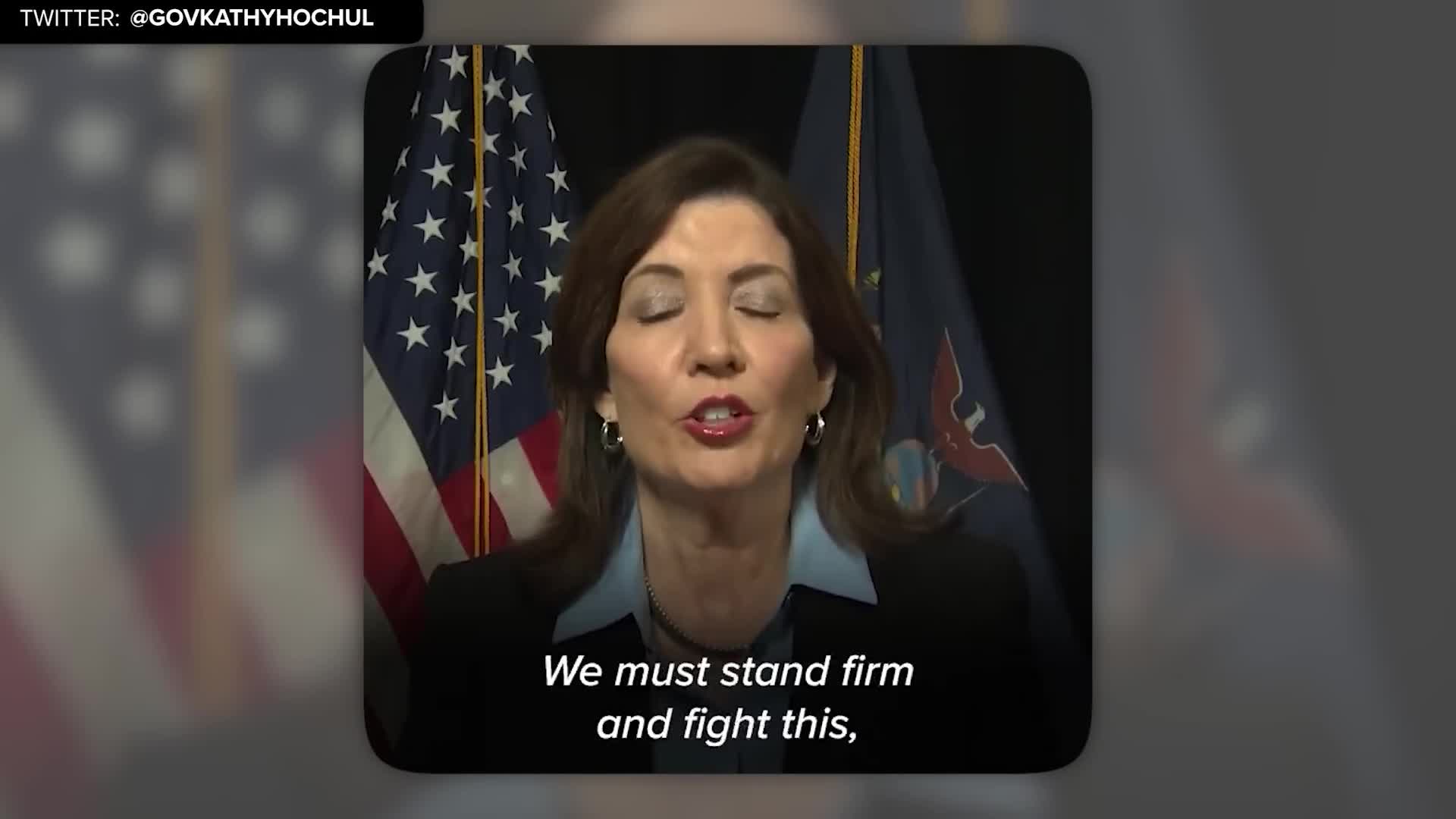Commerce
Commerce refers to the organized system of exchanging goods and services for profit, serving as a pivotal element in the functioning of economies worldwide. This expansive term encompasses not only the act of buying and selling but also includes essential supporting activities such as transportation, warehousing, banking, and digital marketing. As commerce has evolved, particularly with the rise of e-commerce platforms, the ways in which businesses engage with consumers have transformed dramatically. The current landscape reflects a shift towards technology-driven solutions, such as online payment systems that facilitate seamless transactions across borders, and digital marketing strategies aimed at enhancing customer outreach and retention. The relevance of commerce in today's society cannot be overstated; it drives economic growth, generates jobs, and shapes consumer behavior. Recent trends indicate a significant rise in global e-commerce sales, which surpass USD 3.6 trillion and are projected to only grow, with an increasing emphasis on sustainable practices. Key drivers of this evolving marketplace include the adoption of artificial intelligence in retail, the prominence of social commerce, and consumer preferences leaning towards local brands. As consumers seek personalized experiences and ethical sourcing, businesses must adapt their marketing strategies accordingly. Thus, staying updated on the latest developments in commerce — especially in areas such as B2B and B2C transactions — is crucial for any organization looking to thrive in this dynamic environment.
What goods does India export to Qatar and what are their trade goals?
India's diverse exports to Qatar encompass a wide range of products including copper, construction materials, food items (cereals, vegetables, fruits, spices), electrical machinery, textiles and garments, chemicals, and precious stones. These products form the foundation of the current bilateral trade relationship between the two nations. Looking forward, both countries have established ambitious goals to strengthen their economic ties. India and Qatar aim to double their trade volumes to reach $28 billion within the next 55 years, highlighting the long-term commitment to their partnership and the significant potential for growth in their commercial relationship.
Watch clip answer (00:26m)What role will Howard Lutnick play as the newly confirmed Commerce Secretary?
As Commerce Secretary, Howard Lutnick will play a crucial role implementing Trump's America First trade agenda, which relies heavily on tariffs as a negotiation tool. Confirmed by a Senate vote of 54-45, the Wall Street billionaire will oversee the Commerce Department, which advocates for US businesses and restricts technology exports to adversaries like China and Russia. Lutnick will also manage a significant $53 billion program supporting the U.S. chipmaking sector. Working closely with the U.S. Trade Representative, he'll be instrumental in implementing policies aimed at strengthening American exports and using tariffs strategically to promote fair trade relations.
Watch clip answer (00:42m)What is Ukraine demanding in its negotiations with the United States regarding rare earth minerals?
Ukraine is seeking both national security guarantees and a more favorable financial arrangement in any deal with the United States regarding its rare earth mineral resources, estimated to be worth $16 trillion. President Zelensky has already rejected an American proposal that requested 50% control of the sector, indicating Ukraine's firm stance on maintaining sovereignty over these valuable resources. The situation is further complicated by the fact that many of these crucial mineral deposits are located in Russian-occupied territories. This geopolitical reality adds urgency to Ukraine's demands, as these minerals are essential for technology and military applications, making them strategically significant in the current global landscape where China dominates supply.
Watch clip answer (00:13m)What were the immediate market reactions to Trump's new tariff announcements?
Stock markets reacted negatively before trading floors even opened. Futures on Canada's Toronto Stock exchange fell 1.3%, while in the U.S., the Dow plummeted by 600 points with the S&P 500 and Nasdaq dropping about 1.6% on average. Even markets in countries not directly affected responded negatively, with the German DAX and other European markets falling nearly 2%. However, when the New York Stock Exchange opened, markets calmed and only slightly dipped, likely because Mexico and the U.S. reached a temporary agreement to delay the tariffs for one month.
Watch clip answer (00:55m)What challenges does Donald Trump identify for doing business in India?
According to Donald Trump, India is a very difficult place to conduct business primarily because of its tariff policies. He specifically notes that India has 'the highest tariffs just about in the world,' creating significant barriers for foreign companies seeking to enter the Indian market. The conversation highlights the complex interplay between business interests and government relations, with Trump mentioning an upcoming meeting with Elon Musk where he plans to discuss these challenges. The clip suggests that navigating India's trade policies requires engagement at high governmental levels, potentially involving both corporate leadership and political figures.
Watch clip answer (00:28m)What is the current state of trade between India and Qatar, and what are their future trade goals?
Currently, bilateral trade between India and Qatar stands at $18.77 billion, with LNG being the major contributor. Qatar accounts for 48% of India's LNG imports, establishing its role as a key energy partner. India exports diverse products to Qatar including copper, construction materials, cereals, vegetables, textiles, garments, and precious stones. Looking ahead, both countries aim to double their trade volumes to $28 billion within the next five years. Additionally, discussions are underway for a potential free trade agreement which could further strengthen economic ties between the two nations.
Watch clip answer (00:53m)




